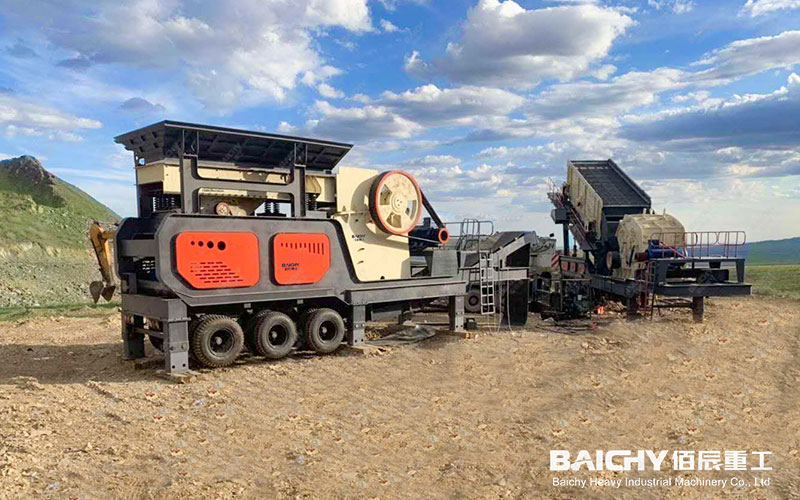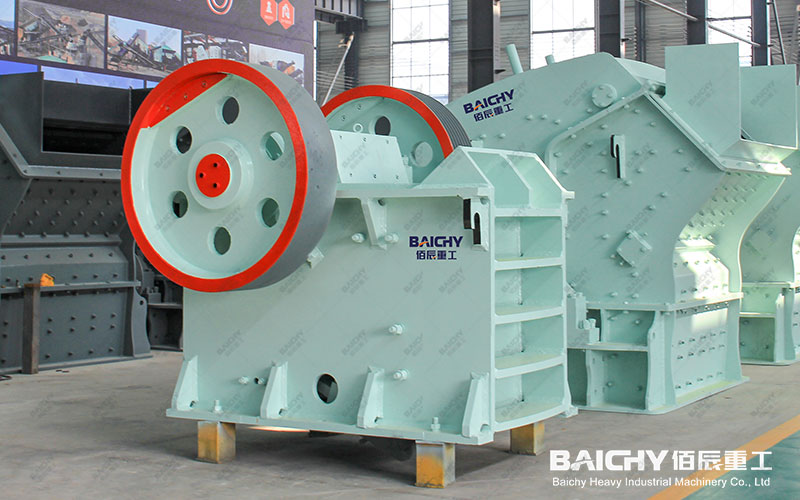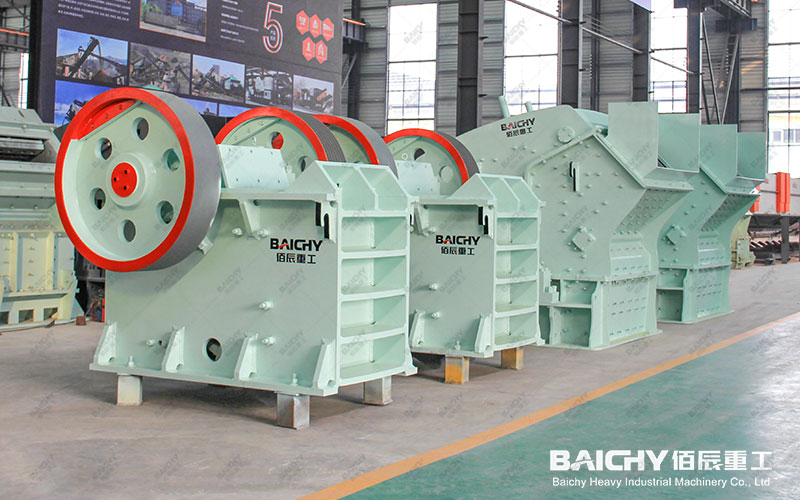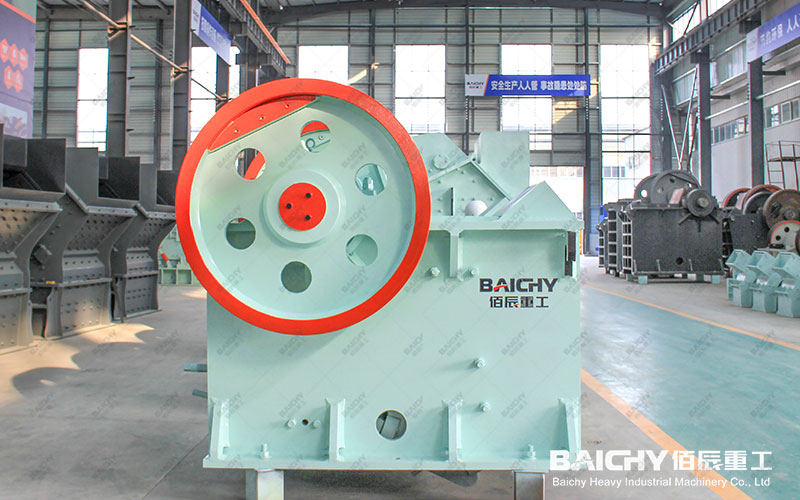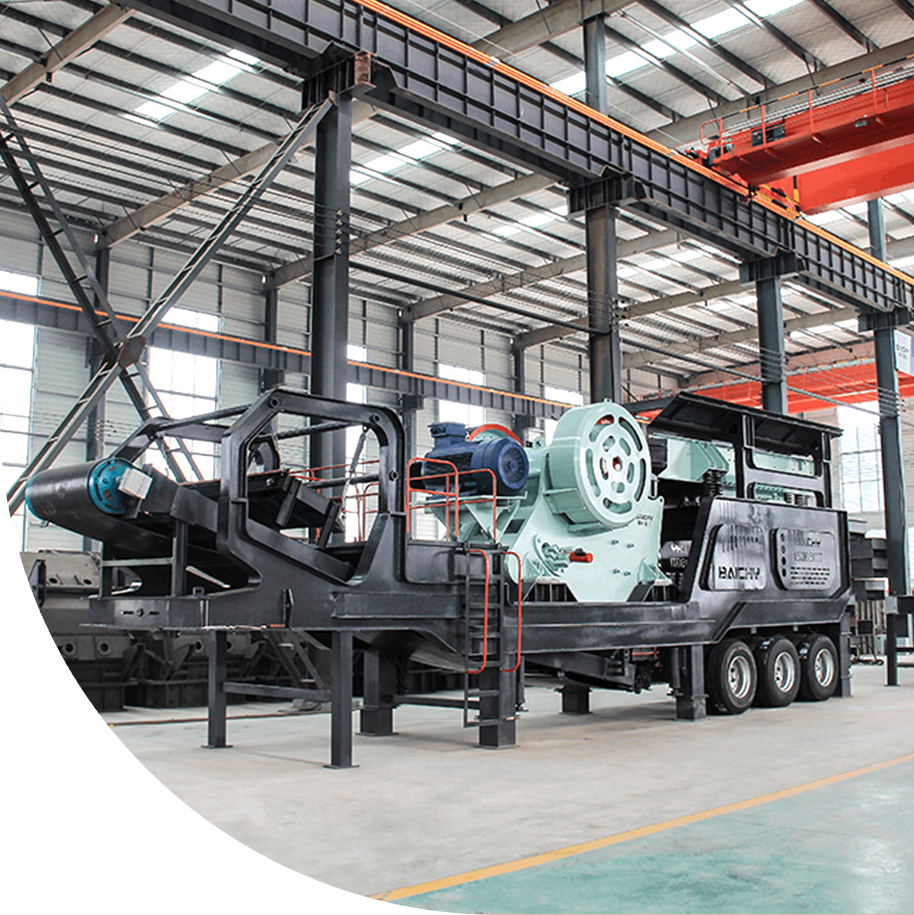South Africa is a major global producer of platinum group metals, gold, diamonds and coal, with mining accounting for about 7% of GDP. Crushing equipment is indispensable in the primary processing of ore, especially mobile crushing stations and jaw crushers.
In addition, many mining equipment are aging and need to be replaced with new, energy-efficient equipment, such as cone crushers with intelligent control systems.
Regarding equipment type preference, mobile crushing equipment is more popular in small and medium-sized projects and remote mining areas due to its flexibility and low-cost transportation.
In South Africa, small-scale, simple mobile crushing stations with a main engine configuration of PE400x600 are quite popular locally. The design of mobile tires increases the convenience of the crushing station. The jaw crusher is suitable for medium and low-hardness ores. The combination of the two has increased convenience for the local mining industry.
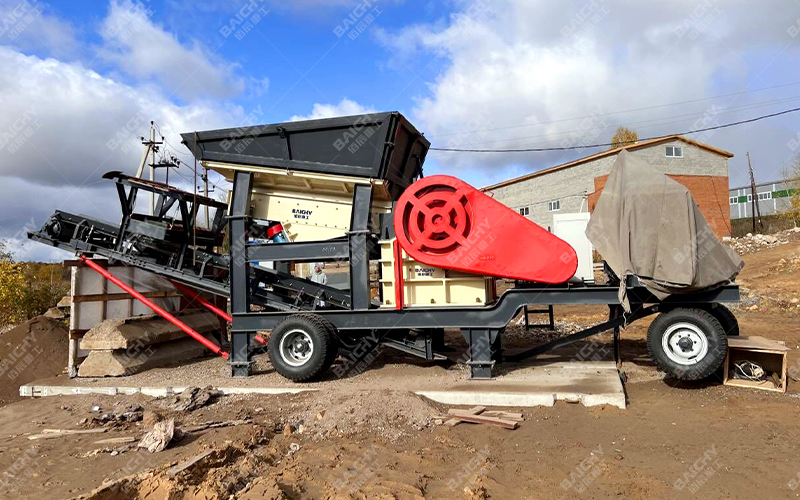
1. Core configuration recommendation
• Jaw crusher
Model: PE-400×600
Feed size: ≤340mm
Discharge port adjustment: 40-100mm
Power: 30kW (dust-proof motor is recommended)
Theoretical output: 15-60t/h (actual output is affected by material hardness)
• Mobile chassis selection
Tire chassis is recommended (no hydraulic legs are required, faster transfer)
Wheelbase: ≥3m (enhanced working stability)
Minimum turning radius: ≤8m (suitable for narrow sites)
2. Key supporting equipment
• Feeding system
Vibrating feeder: GZD850×3000 (hopper volume 3m³, equipped with pre-screening grid)
• Conveying system
Main belt conveyor: B500×10m (with anti-deviation device)
Side discharge belt: B400×8m (rotatable design)
• Power system
Diesel generator set: 100kW (20% power reserve)
Hydraulic system: dual pump design (independent control of travel and adjustment)
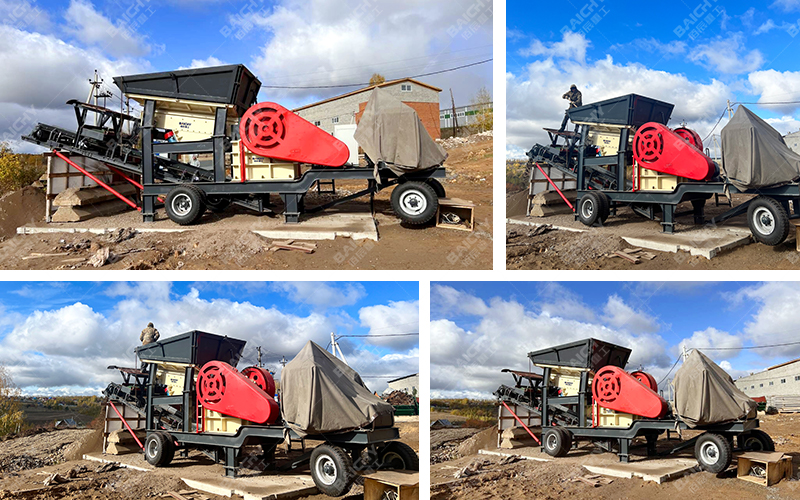
3. Key points for optimized design
• Spatial layout
Equipment height is controlled within 3.2m (meeting standard container transportation)
Maintenance channel width ≥ 800mm
• Shock absorption design
Use rubber shock absorber (reduce foundation vibration requirements)
Add 10mm thick damping pad to the crusher installation base
4. Typical working parameters
Material type |Discharge size (mm) |Actual output (t/h) |Power consumption (kWh/t)
Limestone |50-80| 45-55| 1.2-1.5
Granite |60-100| 25-35 |2.0-2.5
Concrete |30-50| 30-40 |1.8-2.2
5. Special working conditions
• Wet and sticky material handling
Install an electric heating plate at the bottom of the feeder (anti-adhesion)
Add an air cannon at the discharge port (automatically clears the blockage every 2 hours)
• High hardness materials
Change the jaw plate material to Mn18Cr2 (increase service life by 40%)
Add a hydraulic overload protection system
15-60tph Small Simple Mobile Crushing Station (400×600 Jaw Crusher) FAQ
1. What materials are suitable for this mobile crushing station?
✔ Applicable materials: limestone, bluestone, pebbles, concrete blocks, construction waste and other medium and low hardness materials (compressive strength ≤250MPa).
✘ Unsuitable materials: high-hardness granite (special wear-resistant parts required), wet sticky soil (pretreatment required), scrap steel with excessive iron impurities (easy to damage the jaw plate).
2. Can the actual output reach 60tph?
Theoretical output: 16-64t/h (nominal value of 400×600 jaw crusher).
• Factors affecting actual output:
Material hardness (granite output ≈ 25-35t/h, limestone ≈ 45-55t/h)
Feed particle size (maximum efficiency when ≤340mm)
Discharge requirements (reducing the discharge port will reduce output)
Recommendation: If a stable 60tph is required, it is recommended to use pre-screening or reduce the discharge particle size requirements.
3. What is the movement method? Is the transfer convenient?
Chassis type: tire type (no hydraulic legs required), the tractor head can be dragged to transfer.
• Transfer requirements:
Road transportation requires disassembly (overall size exceeds the limit).
Moving within the site can be directly towed (turning radius ≤8m).
4. How to adjust the discharge particle size?
Adjustment method: hydraulic or mechanical adjustment of the discharge port (40-100mm).
• Typical discharge:
Coarse crushing (80-100mm) → high output, suitable for roadbed materials.
Medium crushing (50-80mm) → balance output and particle size.
Fine crushing (30-50mm) → reduced output, suitable for sand making raw materials.
5. How to prevent wet and sticky materials from clogging?
• Equip the feeder with a vibration motor (enhanced discharge).
• Install an air cannon at the discharge port (regular clearing of blockage).
• Avoid long-term crushing of materials with a moisture content of >15%.




